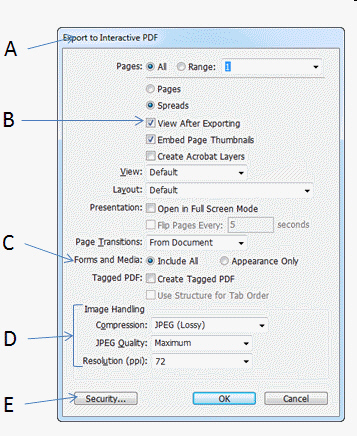What is the output of the following code?
```
public class Test {
public static void main(String[] args) {
String s1 = "Welcome to Java!";
String s2 = s1;
if (s1 == s2)
System.out.println("s1 and s2 reference to the same String object");
else
System.out.println("s1 and s2 reference to different String objects");
}
}
```
a. s1 and s2 reference to the same String object
b. s1 and s2 reference to different String objects
a. s1 and s2 reference to the same String object
You might also like to view...
Answer the following statements true (T) or false (F)
1) All users with access to a system will have the same access to all data and resources on that system. 2) Host-based firewalls, IDS, and IPS software also may improve security by limiting remote network access to services on the system. 3) You should stage and validate all patches on test systems before deploying them in production. 4) The superuser is exempt from the usual file access control constraints and has systemwide access. 5) DAC is based on the roles that users assume in a system rather than the user’s identity.
________ is a version of a program outlining its logic in regular English words while adhering to strict syntax
Fill in the blank(s) with correct word
10. Explain the relationship between logical and physical design.
What will be an ideal response?
 Item E in the accompany figure is used to identify _______________ settings to help protect the interactive form.
Item E in the accompany figure is used to identify _______________ settings to help protect the interactive form.
Fill in the blank(s) with the appropriate word(s).